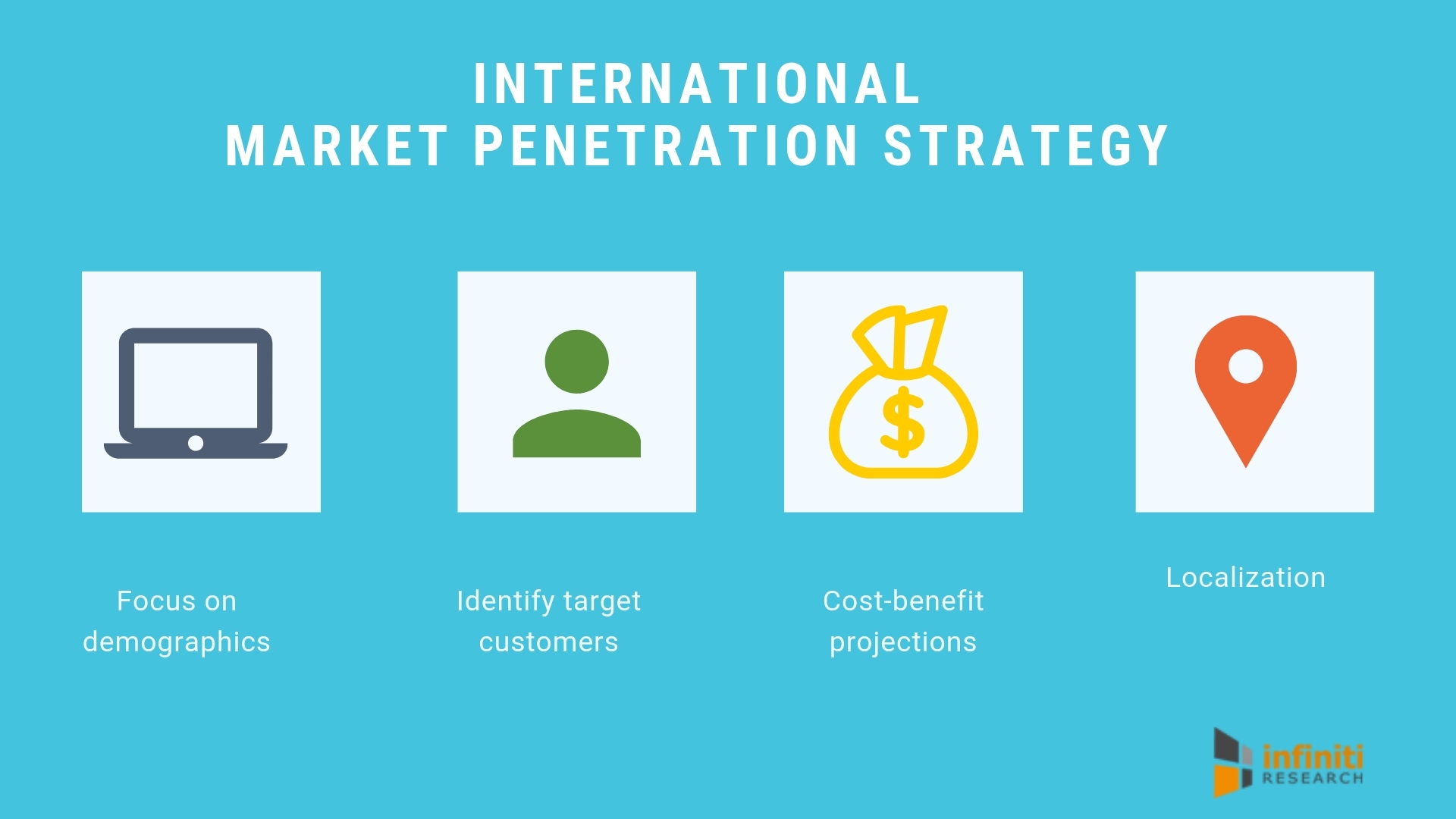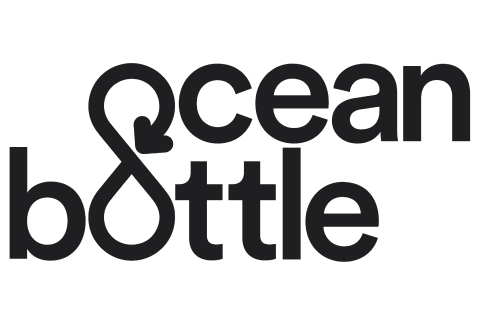Market penetration strategies to grow your market share

- What is high market penetration?
- Market development vs. penetration strategy
- How to calculate your market penetration rate
- How to increase market penetration: 6 strategies
- An example of a well-executed market penetration strategy
- The pros and cons of a market penetration strategy in action
- How Attest can help to increase market penetration with research on market share
Take a second to think about products that came into your life and never left, and the ones that you started using enthusiastically, only for them to be gathering dust now. If a product or service can’t penetrate into our daily lives and become an indispensable part of our routines and habits, it won’t fully penetrate in the market either.
And all of that starts with a market penetration strategy: how are you going to embed this new product of yours into the hearts and minds of consumers?
Market penetration strategies are not just another line item in your marketing plan – they are a key piece of it. You’ll need a deep understanding of your target market, continuous engagement, and constant adaptation to changing market dynamics. Using consumer insights to track consumer behavior, preferences, and feedback is a must to refining your approach and ensuring your product stays relevant.
What is high market penetration?
Market penetration measures the extent to which a product is recognized and bought by customers in a specific market. High market penetration indicates that a significant portion of the total estimated market uses your product, leading to increased sales and a competitive edge. While it totally depends on the industry and business, a good market penetration rate is considered to be between 2% and 6% for B2C products, and 10% to 40% for B2B. But it’s not just about that one number, especially not if you don’t measure it over a longer period of time. There are other things to look out for and work on in the long run.
Key components of high market penetration
- High retention and engagement: A key aspect of market penetration is customer retention, and that’s fostered by engagement with your customer base. You can even implement personalized engagement strategies based on your data to keep existing customers hooked on your product.
- Market expansion: You don’t have to stick to your current spot in your market. If you want to solidify your market penetration rate, identify and target underserved segments within existing markets. With targeted marketing and tailored products, you can expand your reach.
- Opportunity analysis: Part of your penetration strategy should be to continuously analyze the total estimated market to identify gaps and opportunities. Use this analysis to inform your market penetration strategies and spot potential growth for your market share.
- Product innovation: Keep your product relevant and desirable by constantly improving and innovating your offerings based on product research and market trends. This puts you in the position of market leader and helps build better relationships with your target market.
Market development vs. penetration strategy
To further understand what market penetration is all about, let’s clarify the difference between this and market development.
The main difference is that market development expands your reach, and penetration deepens your presence – awareness and sales – in your existing market.
With market penetration, the aim is to increase sales of existing products within your current target market. This means you’re focused on converting non-users into users and encouraging more usage among existing customers.
Market development, on the other hand, focuses on introducing your products or services to completely new markets or regions. That’s the case when your business enters new geographic areas or starts targeting new customer segments.
How to calculate your market penetration rate
For the data lovers out there, there’s great news. Market penetration can be measured and tracked over time, so you can more easily see which of your actions have had an impact on your market share and penetration rate. To find your market penetration rate, use this formula:
Market Penetration Rate = (Number of Customers / Total Addressable Market (TAM)) × 100
For example, if you have 500,000 customers in a market of 5,000,000 potential customers, your penetration rate is 10%.
It’s crucial to regularly calculate and update your market penetration rate, as this gives you a better understanding of your realistic penetration success. For instance, if you only measure it right after a big product launch, the numbers might look great, but that could dwindle over time.
How to increase market penetration: 6 strategies
The best market penetration strategies are proactive and dynamic. They aren’t just relevant when you first launch your product or service. Having a clear market penetration strategy from the start will help you further down the road as well – it’s an ongoing strategy to maintain and increase your market share.
It involves continuously engaging with your customers, understanding their evolving needs, and adapting your product and marketing strategies accordingly. A one-time marketing campaign might boost initial sales, but without a sustained focus, it won’t lead to long-term market penetration.
Many companies mistakenly believe that any good product will lead to market penetration, but this isn’t the case. While the right product is essential, market penetration requires a specific, sustained focus that integrates deeply with your overall marketing strategy. It’s about the message around your product, getting it in front of the right people. Here are some strategies that help brands do that.

1. Get ahead of trends and consumer behavior with predictive analytics
Market share will open up in the future, as trends change, consumer wants and needs evolve, and competitors differentiate their offerings. You can spot those market shares early on by using predictive analytics – market analysis research is your best friend here!
With a combination of historical data, machine learning, and statistical algorithms this market research method can predict future market trends and consumer behavior.
You can forecast changes by analyzing purchase patterns, customer preferences, and market conditions, and tailor your strategies accordingly.
2. Increase your conversion rates through optimized customer segmentation
If you want to increase your market penetration rate by reaching more customers in your current market segment, try zooming in on that segment to find smaller segments. For example: your business is in the supplement industry, targeting health-conscious consumers.
If you zoom in on that with psychographic and behavioral data, you can create much more detailed customer profiles. You may find that your target audience is made up of a combination of women focused on balancing their hormones, gym enthusiasts hoping to build muscle or consumers who need supplements for medical reasons.
This optimized customer segmentation makes it easier to reframe your existing product for each micro segment. You can build packages of specific products or personalize landing pages to help your customers find the products they need based on their personal situation.
3. Boost customer loyalty with value-added services
Look at the product or service you’re offering and what happens in its lifetime once it’s in the hands of a consumer. Watches need repairing. Software needs updating. Cars need cleaning. You get the gist.
You don’t have to completely overhaul your product or innovate to the extremes to add value to your product and beat the competition. Most value-added services are simple and rooted in reality: what makes using this product so much more easier for consumers?
These services set your product apart from competitors, increase customer loyalty, and justify a higher price point, which all helps in boosting your market penetration.
Loyalty programs are another great way to increase market penetration and lure customers back in. Especially if you combine value-added services with loyalty programs, you’ll build strong relationships with your customers and ensure that your market penetration stays high, now and in the future.
4. Expand your market reach through strategic partnerships
Co-branding, joint marketing campaigns, and product bundling with businesses that complement yours are another smart way to give your market penetration strategy, as well as your brand intelligence, a real boost. These strategic partnerships help get your product offerings in front of new people who fall into your target audience, without you having to change your product or service.
Think of fitness apps that partner with health food companies – both of them are already targeting people who are looking after themselves. There will be overlap in who they are reaching, but there will also be a new group of consumers to explore for both parties involved. And with brand tracking, you can easily check in on how these partnerships are fueling your brand awareness.
5. Attract more diverse customer segments with dynamic pricing models
Plenty of people want an iPhone. Everyone needs to book a flight once in a while. But not everyone needs 32GB of storage, or extra leg room. Yet if you’d have to pay the same price regardless, you’d quickly go to a competitor.
That’s how dynamic pricing helps businesses grow their market penetration rate. You adjust your prices based on real-time demand, competition, and customer needs. This doesn’t just make your product or service more accessible to more people, it can also help optimize profit margins. Pricing is a big part of your positioning strategy, and making it more flexible for different segments means you can drastically increase your market penetration rate.
6. Find market share to capture through competitive benchmarking
Brand loyalty is rarely unconditionally. And that’s good news, because once you find out under what conditions a customer is willing to change from a competitor to you, you open up a whole new road for market penetration.
By using competitive benchmarking and analyzing your competitors’ strategies and performance you’ll be able to identify areas where you can improve or capitalize on existing market gaps. Doing this regularly helps you stay competitive by learning from others’ successes and mistakes.
Like what you see? We’ve got more. Check out these 23 brand growth strategy you’ll want to steal.
An example of a well-executed market penetration strategy
Ocean Bottle, a company selling reusable bottles, had already sold over a million units when they realized they actually didn’t really understand their customer base. Five years into the business, they realized that the B2B side was growing quickly, even though they initially started out focusing on D2C. Not wanting to lose touch with who their customers were, they turned to market research, and to Attest.
They needed to conduct research to understand their current customer demographics and preferences better. But they also wanted to explore the market for reusable bottles, understand the messaging of competitors, and resolve internal debates about their activism-oriented branding.
Ocean Bottle used Attest to engage with both existing customers and potential customers who currently use competitor products. They focused on several key themes, including consumer priorities when buying reusable bottles, brand perceptions, sustainability values, and the balance of cost versus value. They also explored the role of activism in their brand messaging.
The consumer profiling project revealed that their existing customers were older than expected and identified opportunities among consumers using competitor products. They segmented their audience into four groups, focusing on two key personas: ‘Progressive Peigh’ and ‘Active Ash.’ The insights helped resolve the internal debate about activism, showing that impact messaging resonated with ‘Active Ash,’ while price was a barrier for ‘Progressive Peigh.’ This led to the development of a more affordable product range. Ocean Bottle is now creating targeted advertising and planning more detailed research for channel planning.
The pros and cons of a market penetration strategy in action
If you want to double down on developing a powerful market penetration strategy, it’s good to know what the benefits are, but also the drawbacks.
The benefits of a market penetration strategy:
- Accelerated revenue growth: A well-executed market penetration strategy can lead to a rapid increase in sales. When you capture a larger share of the existing market, you can achieve higher sales volumes, which directly boosts revenue.
- Economies of scale: Increased production and sales volumes can lead to economies of scale. As you produce and sell more, the average cost per unit decreases, improving profit margins. This also further enhances your competitive position, because you could offer more competitive pricing thanks to your bigger margins.
- Enhanced customer insights: When you focus on market penetration you can gain deeper insights into customer preferences and behaviors. This knowledge can be used for anything from product development to customer service improvements, which will lead to better customer satisfaction and loyalty.
- Brand strengthening: As you increase your market presence, your brand becomes more recognizable and trusted. This brand strength can create a competitive edge, making it harder for new entrants to disrupt your market position.
The challenges of a market penetration strategy:
- Intensive resource allocation: Market penetration strategies often require significant investment in marketing, sales, and product improvements – especially in competitive markets.
- Diminishing returns: As you capture more of the market, it becomes increasingly difficult to achieve additional growth. The market may become saturated, and further efforts to penetrate it might yield diminishing returns.
- Competitive pressure: Increased market penetration can provoke strong reactions from competitors. They may respond with aggressive tactics such as price cuts, increased marketing spend, or enhanced product offerings. This could lead to price wars and reduced profit margins.
- Market dependency: Relying heavily on a single market for growth can be risky. Market conditions can change due to economic shifts, regulatory changes, or evolving consumer preferences. Over-reliance on one market limits your flexibility to adapt to these changes.
- Innovation stagnation: Focusing primarily on increasing market penetration can sometimes lead to neglect of innovation and new product development. This narrow focus might cause you to miss out on opportunities in emerging markets or new product segments.
How Attest can help to increase market penetration with research on market share
Attest provides all the tools you need to work on your market penetration strategy. We empower your business to gather quality market and consumer insights quickly and accurately, from assessing market trends to consumer preferences, and competitive landscapes.
You get real-time, exceptionally relevant data straight from your target audience to tailor marketing campaigns and growth strategies, leading to increased market penetration and business success.
Explore our market analysis platform or get more inspiration from our brand intelligence guide.
Tell us what you think of this article by leaving a comment on LinkedIn.
Or share it on:

